by Sheila Dunning | Jun 23, 2015
 Air potato (Dioscores bulbifera) is a perennial, herbaceous self-twining vine that can grow over 60 feet in length, enabling it to climb over and smother many native plants. The Florida Exotic Plant Pest Council (FLEPPC) lists air potato as a Category 1 invasive plant, which means that it has disrupted natural communities and ecological functions by displacing native plant species.
Air potato (Dioscores bulbifera) is a perennial, herbaceous self-twining vine that can grow over 60 feet in length, enabling it to climb over and smother many native plants. The Florida Exotic Plant Pest Council (FLEPPC) lists air potato as a Category 1 invasive plant, which means that it has disrupted natural communities and ecological functions by displacing native plant species.
In 2012, a leaf feeding beetle (Lilioceris cheni) was introduced into South Florida from China for biological control of air potato. Although it is too early to determine any potential long-term impacts, the initial results have been promising. The larvae and adults of the air potato leaf beetle feed on the leaf tissue and occasionally the bulbils. The damage to the growing tips of the plant have dramatically reduced its ability to cover native vegetation. Extensive damage to air potato was evident within three months after the first release. Additionally, testing by scientists at the USDA/ARS Invasive Plant Research Laboratory in Fort Lauderdale concluded that the beetle will not complete development on any other plant found in Florida.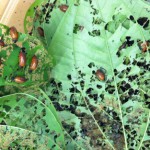
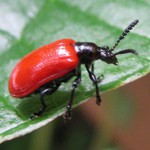 The female air potato leaf beetle lays an average of 1,200 eggs, which develop into larvae in about four days. The young beetles skeletonize the air potato leaves for the next eight days and then pupate into foam-like cocoons. Clumps of cocoons fall to the ground and the adult beetles emerge 13 to 16 days later. There can be a new generation of air potato leaf beetle every month while the weather is warm. For the winter, the adults hide in leaf litter and wait for spring.
The female air potato leaf beetle lays an average of 1,200 eggs, which develop into larvae in about four days. The young beetles skeletonize the air potato leaves for the next eight days and then pupate into foam-like cocoons. Clumps of cocoons fall to the ground and the adult beetles emerge 13 to 16 days later. There can be a new generation of air potato leaf beetle every month while the weather is warm. For the winter, the adults hide in leaf litter and wait for spring.
The question now is: “How well will they survive through a longer, colder Northwest Florida winter?”. USDA scientists, UF Extension agents and citizen scientists in Bay and Okaloosa County hope to find out. Earlier this month, June 2015, air potato leaf beetles from the Hayslip Biological Control and Research and Containment Laboratory in Ft. Pierce were released into areas containing air potato. They will be monitored over the next year. Look for an update next summer.
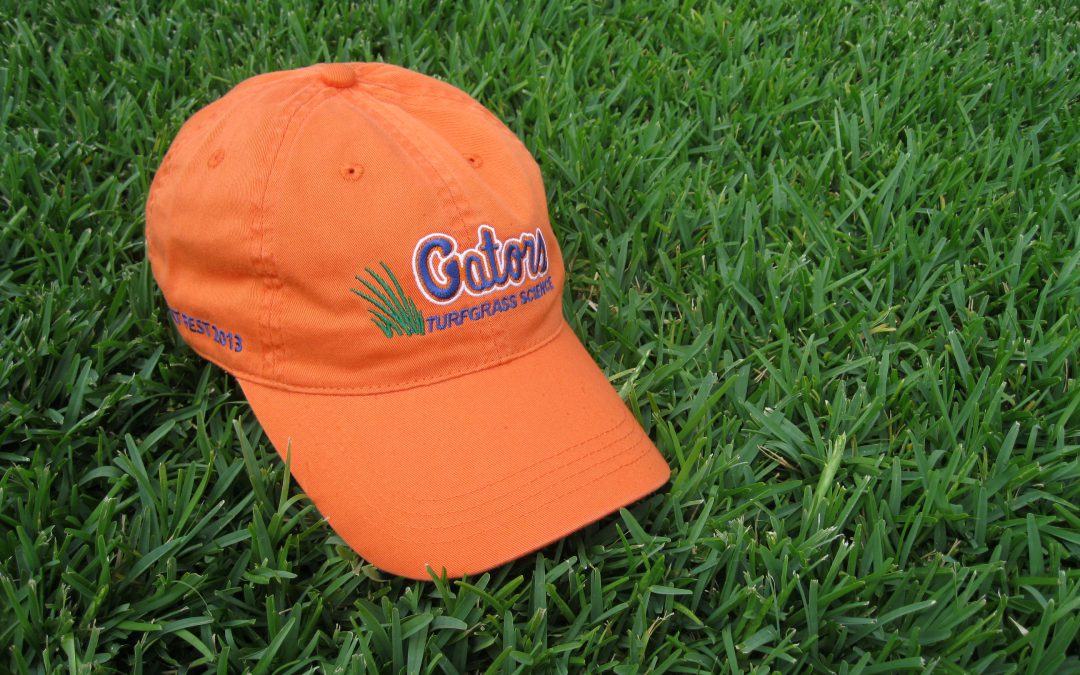
by Blake Thaxton | Jun 16, 2015
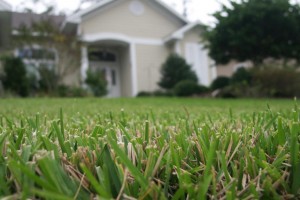
Image Credit: UF / IFAS
Time is flying! June has reached its halfway point and lawns are having to be maintained often. Let us take a few minutes to review some things that need to be considered when properly maintaining the lawn.
1. Mowing Height – Get out a tape measure and make sure you have the lawn mower deck set to the appropriate height for the species of turfgass in your lawn. Set the mower on pavement for a nice even surface when measuring. If you have been mowing the lawn too short, you could be “scalping” it and putting it under stress. Take a look at the chart below for appropriate mowing heights for common turfgrass species.
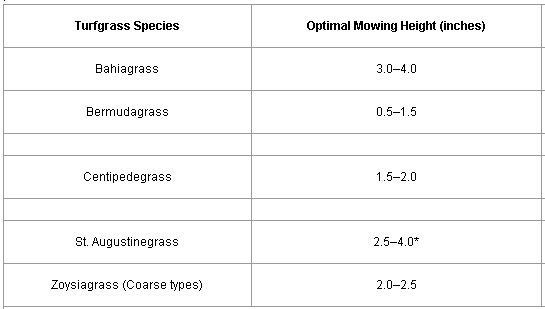
Mowing frequency- The frequency that the lawn needs to be mowed at is again dependent on the species of turfgrass that is being grown. More vigorous turfs, like bermuda, will require more frequent cuts than slower growing grasses, like centipede. The main rule of thumb is to mow at a rate that will cut to the appropriate height and only remove 1/3 of the total leaf blade.
Read more about Mowing Your Florida Lawn in the linked UF/IFAS publication. Several helpful tips from the publications follow:
- Mow in a different direction every time the lawn is cut. This helps prevent wear patterns, reduces the grain (grass lying over in the same direction), and reduces the possibility of scalping.
- Leave clippings on the ground. If clumping occurs, rake or use a leaf blower to distribute them.
- Sharpen the mower blade frequently enough to prevent tearing of leaf blades.
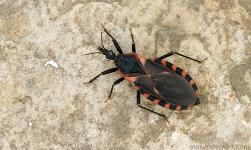
by Les Harrison | Jun 15, 2015

Eastern Blood-sucking Conenose bugs are found in and around plant where they are hunting for insects.
While it is not exactly a jungle “out there” in the landscape, there are some occasionally encountered insects which can inflict pain. The kissing bug and the blood-sucking conenose are native insects which are best not physically encountered.
The native kissing bug, Triatoma sanguisuga, is part of the assassin bug family. This insect is commonly called a kissing bug because it targets the soft tissues around the mouth of mammals as a feeding site.
As if being in the assassin bug family is not bad enough for its image, this pest’s South American cousin is responsible for inoculating victims with Chagas disease. Chagas disease, a protozoan infection, has occurred in some western states but not Florida.
The bloodsucking conenose, in assassin bug family too, is found in north Florida. It is a dark brown, winged bug, 3/4 inch long, with the edges of its abdomen alternating in light and dark colors.
They have a slender, straight beak with piercing-sucking mouthparts. The antennae are inserted on the side of the head between the eyes and the end of the beak.
They are rarely seen during the day, instead hiding in leaf litter and other debris near their intended host. Birds apparently consider them quite tasty and are easy targets for avian predators.
Kissing bugs primarily feed at night on the blood of sleeping animals, such as raccoons and opossums which burrow in the vicinity.
Their life cycle varies considerably depending on temperature, humidity, and availability of hosts. Females lay one egg at a time, up to five eggs each day.
Problems arise when these insects encounter humans. If this creature enters a home or dwelling, its nocturnal habits make humans easy prey.
The bloodsucking conenose will enter into a home by crawling through cracks in the foundation, torn window screens, or other structural flaws or inadequacies. Many times they enter by simply clinging to a domestic pet or to the clothing of an unaware person. Once indoors, they are found in bedding, cracks in the floors and walls, or under furniture.
Most bites from conenose bugs are rarely felt. However, some can be quite painful and infection can occur if the wound is scratched and contaminated.
The assassin bug, the entomological cousin of the kissing bug, usually is encountered in foliage and has little inclination to enter homes. It is capable of delivering a nasty surprise to the unsuspecting gardeners who disturb this ambush predator.
The green leaves and pretty flowers are an ideal habitat for the assassin bug and the kissing bug to put the bite on ideal menu selections. This is something to keep in mind this spring when enjoying the panhandle Florida’s great outdoors.
To learn more about the assassin bug or the kissing bug, contact your UF/IFAS Extension Office.
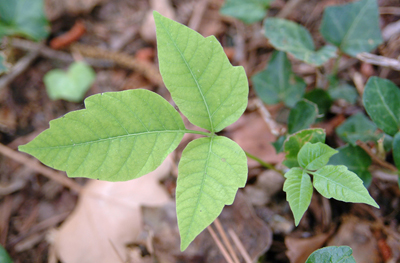
by Taylor Vandiver | Jun 15, 2015
As summer comes to its apex you may find yourself longing to move your activities outdoors and commune with nature. However, as you are reveling in the warm weather while hiking, camping, biking, gardening, etc. remember that there are native plants of a less friendly nature hiding in plain sight. I’m sure you have all heard the tried and true mantra “Leaves/leaflets of three, let it be”, we suggest you hum that to yourself as you head outdoors in order to save yourself from the consequences of an accidental poison ivy encounter.
While I am not a native of Florida, I grew up in the Deep South and I have had many dealings with our aforementioned foe. Poison ivy (Toxicodendron radicans) is a native to North America which contains an oil known as urushiol. This oil can cause a severe skin rash (dermatitis) when any part of the plant is contacted. The reaction and rash, in susceptible humans, usually starts with itchiness and swelling, followed by the reddish inflammation of tiny pimples or formation of blisters at the areas of contact. The rash can begin as early as an hour after contact or up to five days after contact. All parts of poison ivy, including the hairy-looking aerial roots, contain urushiol at all times of the year, even when bare of leaves and fruit in winter. An allergic reaction can occur by touching the plant directly or indirectly contacting it through animals, tools, clothing, shoes and other items. Also, be aware when preparing your campfires and bonfires that the smoke from burning poison ivy contains oil particles that can be inhaled and cause lung irritation.

A picture of poison ivy with its characteristic 3 leaflets.
Now that you know the consequences of coming in to contact with poison ivy, let’s talk about where you can find it and how it can be identified. Poison ivy can grow in shady or sunny locations throughout Florida. It’s habit can be a woody shrub up to 6 feet tall or a vine up to 150 feet tall that climbs high on trees, walls and fences or trails along the ground. Leaves emerge with a shiny reddish tinge in the spring and turn a dull green as they age, eventually turning shades of red or purple in the fall before dropping.
Poison ivy has little or no effect on animals, but, as we discussed, they may carry the irritating substance on their hair and thereby transmit it to us more susceptible humans. Not only are the berries attractive to birds, but the leaves and fruit are also an important food source for deer.
Poison ivy is often confused with another native, the Virginia creeper (Parthenocissus quinquefolia). However, this trailing or climbing vine can be distinguished from poison ivy rather easily by its five divided leaflets. Also, Virginia creeper has blue-black berries and tendrils that end in tiny sticky pads that attach to trees and other surfaces.
So, what methods of treatment are available to those who suffer the wrath of poison ivy? If you suspect that you have come into contact with poison ivy always wash your skin with strong soap and cold water immediately! If you scrub with hot water you will open up your pores and let the oil into your skin, causing further irritation. Remove and wash all clothes, including shoes and socks in a strong detergent and warm or hot water. Keep your hands away from eyes, mouth and face. Don’t scratch the rash! To soothe the itch apply calamine lotion, zinc oxide or other doctor recommended products. Always call and visit your doctor if these measures don’t work, you know you are highly allergic or the rash persists.
So, how can you stop poison ivy at the source and avoid these painful symptoms? The first approach would be to eradicate an area by hand removal. Anyone who is extremely sensitive to the oil should ask for help when removing these plants. Always wear proper clothing that covers all areas that could potentially come in to contact with the plant. Also, lotions and creams containing the active ingredient bentoquatam can be used before the weed whacking begins. A suggested technique for removal using chemicals is to cut out a section of actively growing vine and promptly applying a legal herbicide to the bottom half of the cut stem to control re-sprouting. Choose a herbicide only after reading the pesticide label. Some products are labeled for specific sites, and pesticide registrations change over time. Please check with your UF/IFAS Extension service for current recommendations. Hopefully, this article will help you take preventative and proper measures against poison ivy and give you a more care free and informed attitude when partaking in summer activities!
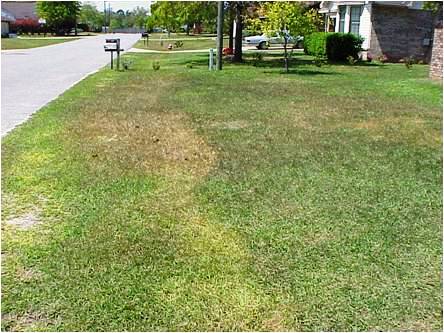
by Matthew Orwat | Jun 10, 2015

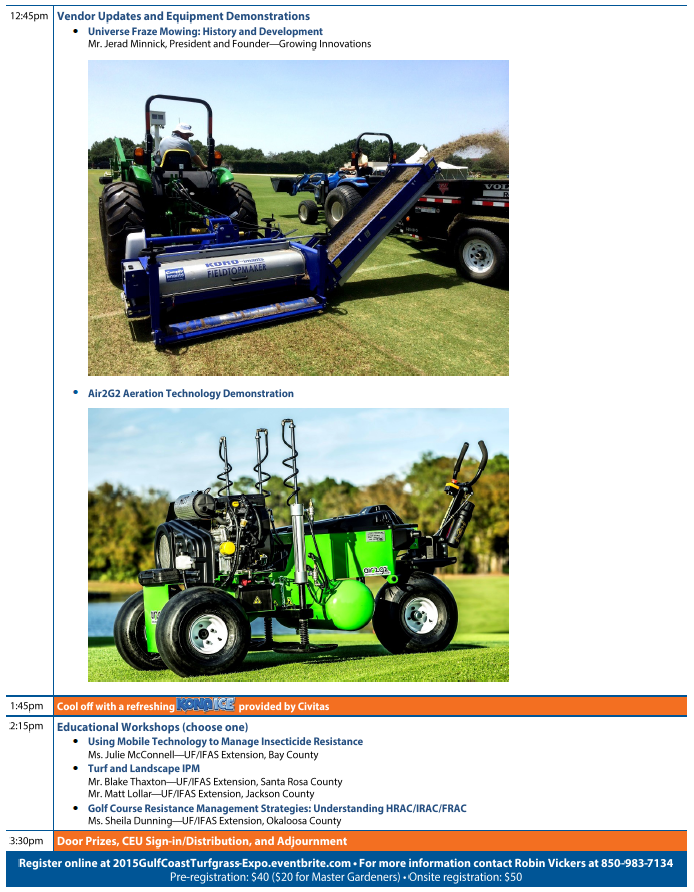
 Air potato (Dioscores bulbifera) is a perennial, herbaceous self-twining vine that can grow over 60 feet in length, enabling it to climb over and smother many native plants. The Florida Exotic Plant Pest Council (FLEPPC) lists air potato as a Category 1 invasive plant, which means that it has disrupted natural communities and ecological functions by displacing native plant species.
Air potato (Dioscores bulbifera) is a perennial, herbaceous self-twining vine that can grow over 60 feet in length, enabling it to climb over and smother many native plants. The Florida Exotic Plant Pest Council (FLEPPC) lists air potato as a Category 1 invasive plant, which means that it has disrupted natural communities and ecological functions by displacing native plant species.
 The female air potato leaf beetle lays an average of 1,200 eggs, which develop into larvae in about four days. The young beetles skeletonize the air potato leaves for the next eight days and then pupate into foam-like cocoons. Clumps of cocoons fall to the ground and the adult beetles emerge 13 to 16 days later. There can be a new generation of air potato leaf beetle every month while the weather is warm. For the winter, the adults hide in leaf litter and wait for spring.
The female air potato leaf beetle lays an average of 1,200 eggs, which develop into larvae in about four days. The young beetles skeletonize the air potato leaves for the next eight days and then pupate into foam-like cocoons. Clumps of cocoons fall to the ground and the adult beetles emerge 13 to 16 days later. There can be a new generation of air potato leaf beetle every month while the weather is warm. For the winter, the adults hide in leaf litter and wait for spring.







